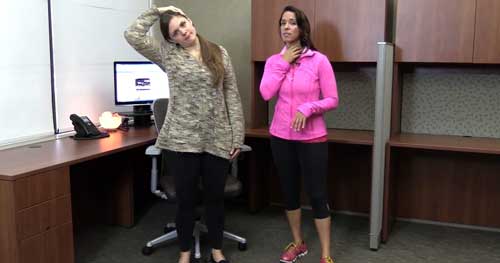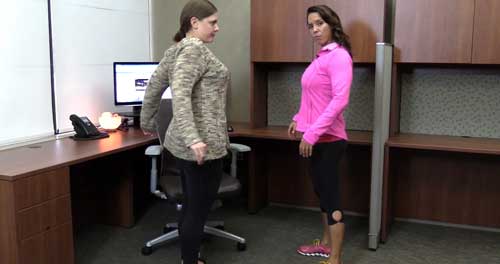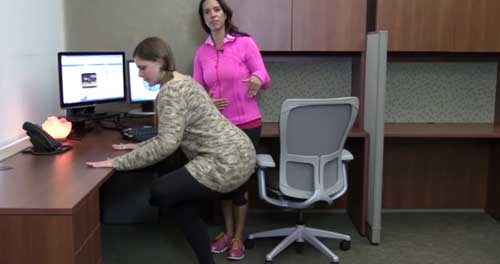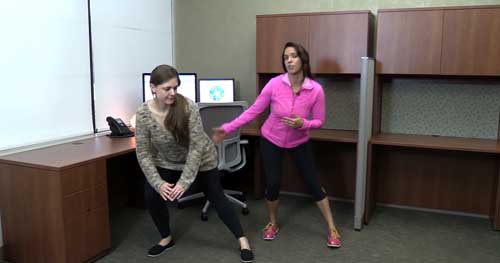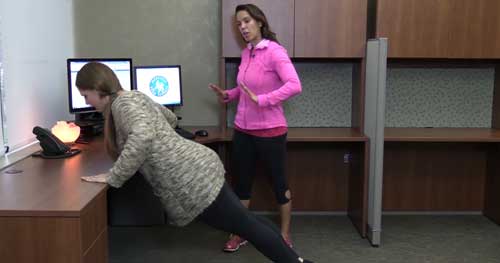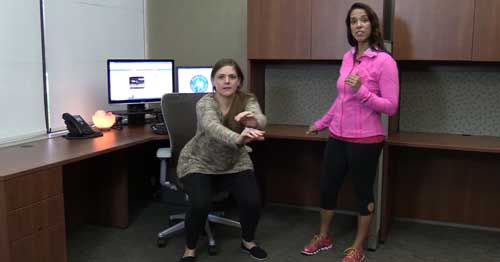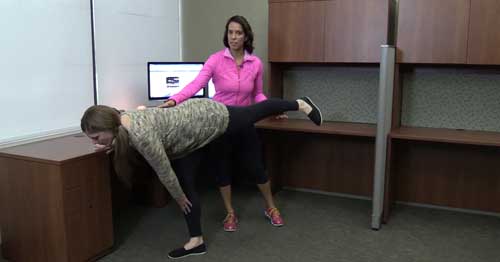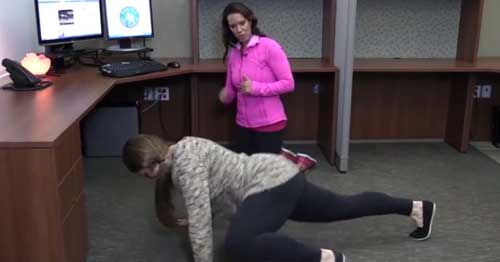Pretty much all of them.
One of the first things you realize, when you study linguistics, is that language every language—is filled with an amazing amount of complexity
andregularity to the point of defying description. And I mean that
literally. There is not one single natural language that has been completely formalized at all levels of description in any way.
Think about that for a second.
Even English grammar, the ins and outs of which have been studied by thousands of people for centuries, has not been completely described.You can't go anywhere and pick up a book or look up a computer program that has
all the rules of English. Thus, there is no documented list of the rules an English speaker is supposed know and so most native speakers don't really "know" most of the rules of English.
So what are English teachers teaching you in school and what are William Strunk Jr. and E.B. White (Strunk & White,
The Elements of Style) getting all in a huff about?
Elwyn White's gonna get all up in ur grammar The rules people talk about—in blogs, in English class, in ESL classes and so on —are:
1) Rules that are in the process of changing, e.g.,
How do I stop being annoyed by people using literally as an intensifier?2) Rules that carry inordinate weight as social signals (e.g.,
gonna, or
dangling participles:
Where you at? or even
Where are you from? instead ofFrom where are you?)
3) Rules that are particularly confusing to newcomers (e.g., adjective order, the example mentioned in the original question)
4) Rules that are cool and/or funny (e.g. the other answers here)
The fact of the matter is that almost everything we know about our native languages is what's called
implicit knowledge. Stuff we don't know that we know, or stuff that we can't really describe, but we can
do anyway. Like maybe riding a bike, or walking.
So what are some examples?
Let's start with one of the most basic examples I can think of:
Phonetics: How do you pronounce the letter p?Easy, right? Well, there are actually a number of different ways
p is articulated in English.
Compare, for example,
spot and
pot. They sound the same to an English speaker, but put your hand an inch from your mouth when you say the two words and you'll notice a much bigger puff of air for the
p in
pot.
Indeed,
in other languages, they're two completely different sounds.
Aaaannnnddd if you cut the
s off the word
spot you're left with something that actually sounds like
bot, not
pot.
Native English speakers never make a mistake here, but don't even know they're doing this complicated articulatory gymnastics, saying
p differently in different contexts; "it's just
p," we think.
The same holds for pretty much every phoneme (sounds letters) in something called
Allophony: The phonemes
t and
k also adhere to this
Aspirationrule;
t is also involved in a flapping rule (the t in
duty is d-like, which speakers may actually know because:
doody!!!!!!!);
l is different in the onset vs. coda of a syllable (
look vs.
cool) and so on and on and on.
Indeed, we can go through all the levels of linguistic description: phonetics, phonology, morphophonology, morphosyntax, syntax, semantics, pragmatics and pick out some of the most basic rules and pinpoint discrepancies in explicit knowledge.
Phonology: What makes something sound like an English word?There are dozens, if not hundreds, of rules governing where sounds can go in a word, i.e., Phonology, that most speakers are not aware of. If I ask you does
zbashk or
sneeld sound more like a real word, every native English speaker would answer the same way, Russian speakers would answer differently, but without much insight into why. (The reason I say this is not because it means native English speakers are ignorant, but even linguists haven't figured out the precise details of how people make word-likeness judgements).
Morphophonology: How does pronunciation change when you add affixes to a word?The stress in
parent is syllable 1, add a suffix,
-hood, and it's still syllable 1,
parenthood, but add
-al and it shifts:
parental. Why the difference?
Another one: you may know why some words are
un- and other words are
in-as in
unable but
incapable (hint: it's primarily word origin). You might have even noticed that
in- assimilates to the follow sound (e.g.,
illegible, impossible, irregular). But why not
umbelievable? Or
ullimited?
The answer has to do with whether there are
serial levels, or strata, of processing in morphophonology—a debate still raging today—with
in- being in an earlier stratum (before consonant assimilation) and
un- being in a later stratum.
Morphosyntax: When do you use accusative case pronouns?To provide an example of something that we think we know, but we actually don't: When do we use the accusative form of pronouns in English (
me, him, her, them)? When it's the object of the sentence,
Object Pronouns Grammar Rules, right? Well, not quite. Consider the following:
Q:
Who wants cake?A:
MeMe and John went to the storeShe thinks I am smartShe considers me to be smart.She considers me smart.The rules of case assignment just got real.... complicated.
link to video
So
real that linguists still aren't quite sure how it works. (I bring up this question mainly because it was on my Master's orals exams and is one of those deceptively hard questions.
More in the comments!)
Syntax: What is English word order?How about something as basic as can be: word order?
English is subject-verb-object, right?
Well, that rule I don't like so much. (interjection,
object,
subject,
verb, adverbial phrase).
Semantics: How do you interpret words like some and every?Semantics, I know the least about, but consider these two sentences:
There is someone who loves everyone.Everyone is loved by someone.The second sentence can mean what the first sentence means, but it can also mean that everyone has some person that loves them, but it can be all different somebodies.
(Lame, I know, but like I said, I don't really know semantics (: )
Pragmatics: Who gets talked about next in a discourse?Conversation is complicated. If you actually listen to recordings of your conversations it's any wonder that anyone understood anything. One of the really hard parts is reference resolution (e.g.,
Page on Nyu). When you say
he or
she or
her or
his, who the heck are you talking about?
Well, one "rule" that I explored with a colleague
(Rohde & Ettlinger, 2013 Page on Northwestern) is that certain verbs implicate certain arguments as the topic of conversation. So, in
John annoyed Tom because he ... you presume
he refers to
John whereas
John admired Tom because he ... means you're more likely to then talk about Tom.
Without these little rules of conversation, we'd be lost when talking to each other. But they are rules that you aren't generally taught and they are rules we generally aren't aware of.
And they are rules that we haven't even pinned down particularly well. Reference resolution is one of the hard problems for natural language processing.
Wait, Dave, are you talking about John or Tom?Indeed, if we knew the rules of English, it wouldn't be so hard to program a computer to follow them. But we don't, so we can't.
So, in this small selection of rules, I actually
tried to pick the most
mundane things I could:
How do you pronounce p? What is English word order? When do you use accusative case? How do you figure out who pronouns refer to? How do you add suffixes to a word?Not the funniest or trickiest, but the ones that show that even
the most fundamental aspects of grammar, the rules that allow us to communicate in even the most basic ways, fly below the radar of our awareness.
 look at his watch, and then bark, "Don't you know that by now!" If a client inquired how the software worked, he'd huff, "Didn't I explain that just last month?"
look at his watch, and then bark, "Don't you know that by now!" If a client inquired how the software worked, he'd huff, "Didn't I explain that just last month?" look at his watch, and then bark, "Don't you know that by now!" If a client inquired how the software worked, he'd huff, "Didn't I explain that just last month?"
look at his watch, and then bark, "Don't you know that by now!" If a client inquired how the software worked, he'd huff, "Didn't I explain that just last month?"
